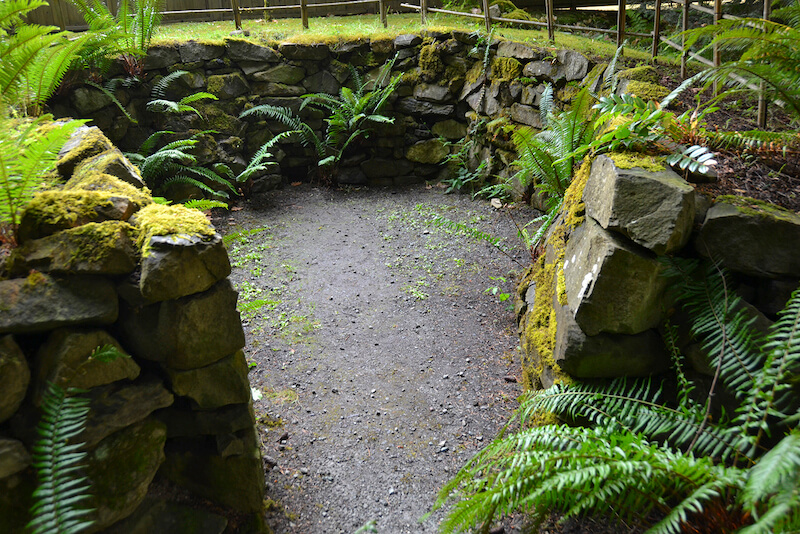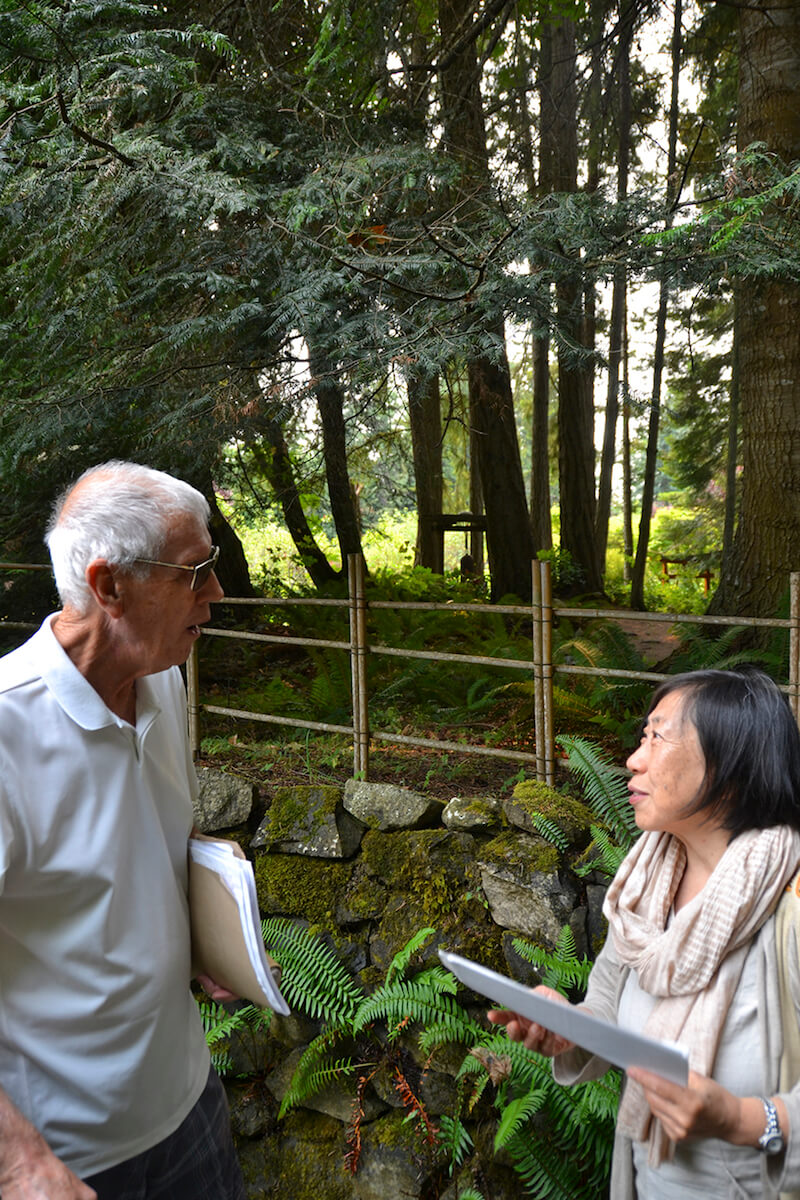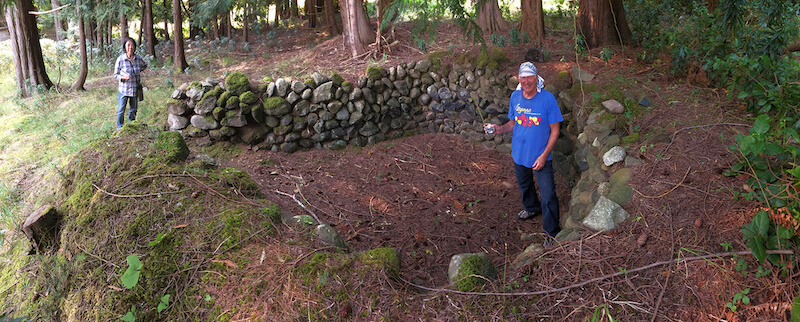May is Asian Heritage Month in Canada. One of the very few Asian heritage sites on Salt Spring are the two charcoal kilns built by Isaburo Tasaka in the early 1900s in Mouat Park. Besides the two on our island, we have identified thirteen others in the Southern Gulf Islands.
A new 68-page booklet published by the Japanese Garden Society gives the history of charcoal (the history of humanity!) and its local production, and some insights into the lives of early Japanese Canadian settlers on the Southern Gulf Islands.
The launch of the booklet will from 1:30 pm on May 15th in the Library Program Room. Four of the booklet’s contributors will be giving a talk.
Our story began with the restoration of one of the two Salt Spring kilns in 2015. While we were working on the restoration, we learned from local historical kiln expert Steve Nemtin that there were a number of similar kilns on Galiano, Mayne, Saturna, and possibly the other islands too. Steve has been fascinated by the kiln ruins of the islands and began researching them over 30 years ago. Nobody else seemed to know anything about them, while the kilns themselves silently returned to the earth. The Japanese Garden Society decided to embark on a research project to learn more about them, and managed to secure funding.
The kilns in Mouat Park are unique in that we know who built them, thanks to Chuck Tasaka and Rose Murakami, while the thirteen others that have been located on Galiano, Mayne and Saturna remain an enigma.
Little is known about the kilns’ builders because the entire Japanese Canadian population of the coast was forcibly removed to internment camps in the interior in 1942. Their property was sold without their consent and they were prevented from returning until 1949, four years after the end of the Second World War. Even after the ban was lifted, the few that decided to come back faced racism and hostility. On the islands, only the Murakami family ever returned to settle permanently. Because of the uprooting, it’s not surprising that so little is known about the charcoal industry on the islands.
To learn more about the kilns a group of us spent a year visiting kilns on private properties on the other Gulf Islands and long hours digging through the archives. Despite the scarcity of archival data, a clearer image of the Japanese Canadian pioneers on the islands has slowly taken shape. We know that the most important market for charcoal at the turn of the previous century was the salmon canneries on the Fraser River, where it was used to heat solder to seal the cans.
At the Salt Spring Archive we found a small promotional pamphlet published in 1902 that listed charcoal production on Salt Spring as one of the island’s four largest exports. In that same year, another record tells of a group of Japanese Canadians making 20,000 bags of charcoal.
There were big herring salteries on Pender, Mayne and Galiano Islands; most of them run by Japanese Canadian operators. The one on Saltery Bay on Galiano had up to 400 hundred permanent and seasonal Aboriginal, White and Japanese Canadian employees. Together with the large greenhouse operations on the islands, these industries highlight the key role the Japanese Canadians played in the economy of the islands before WW2.
Not many people are aware of the thriving Japanese Canadian communities that existed on the Southern Gulf Islands before WW2. Island Forest Embers – the Japanese Canadian Charcoal Kilns of the Southern Gulf Islands is an effort to reconnect with the forgotten past and reevaluate the contribution of Japanese Canadians pioneers to the social and economic life of the islands.
This research project was organized by the Japanese Garden Society of Salt Spring Island and carried out in partnership with the Galiano Club and the Mayne Island Lions Club, and supported by British Columbia-Canada 150: Celebrating B.C. Communities and Their Contribution to Canada grant program and the National Association of Japanese Canadians.

Reconstructed charcoal kiln in the Mayne Island Japanese Garden

Rumiko Kanesaka from the Japanese Garden Society on Salt Spring Island interviewing Brian Bovet, a key person in the reconstruction of the charcoal kiln on Mayne Island.

Steve Nemtin and Rumiko Kanesaka measuring an overgrown charcoal kiln.

Steve Nemtin on Saturna Island giving a talk on the historical charcoal kilns (hosted by the Parks Canada)

Steve Nemtin and Rumiko Kanesaka examining an unrestored kiln on Galiano Island

Saltery Bay on Galiano Island. Posts of the dock of the herring saltery are still standing.

Well-kept charcoal kiln on Mayne Island. A part of the stone wall was blackened by fire.








